The Tragic Reign of Charles I: 10 Fascinating Facts About England’s Most Controversial King
Charles I ruled over England, Scotland, and Ireland from 1625 until his dramatic execution in 1649. His reign was marked by conflict, pride, and one of the most turbulent relationships ever seen between a monarch and Parliament — a struggle that ultimately led to civil war.
Here are ten intriguing facts about one of Britain’s most controversial kings.

He Became King After His Brother’s Death
Charles was born on November 19, 1600, at Dunfermline Palace in Fife, Scotland. He was the second surviving son of King James VI of Scotland (who also became James I of England) and Anne of Denmark.
When Queen Elizabeth I of England died childless in 1603, James VI inherited her throne, uniting England and Scotland under one crown. Charles’s older brother, Prince Henry, was heir to the throne — but when Henry died suddenly at 18, the frail young Charles became next in line.
Upon his father’s death in 1625, Charles I inherited the crowns of England, Scotland, and Ireland.
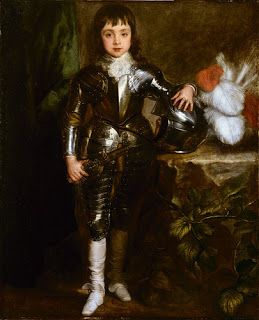
Charles I Struggled with a Stammer
As a child, Charles was sickly and shy, with delayed speech development. Though he later grew stronger — becoming an excellent horseman, marksman, and fencer — his speech impediment never left him.
Despite this, Charles developed a deep love for culture and the arts. He became a great patron of painters like Van Dyck and Rubens, spending vast sums on masterpieces by Titian, Raphael, and other Renaissance giants. His refined artistic taste would shape England’s royal collections for centuries to come.
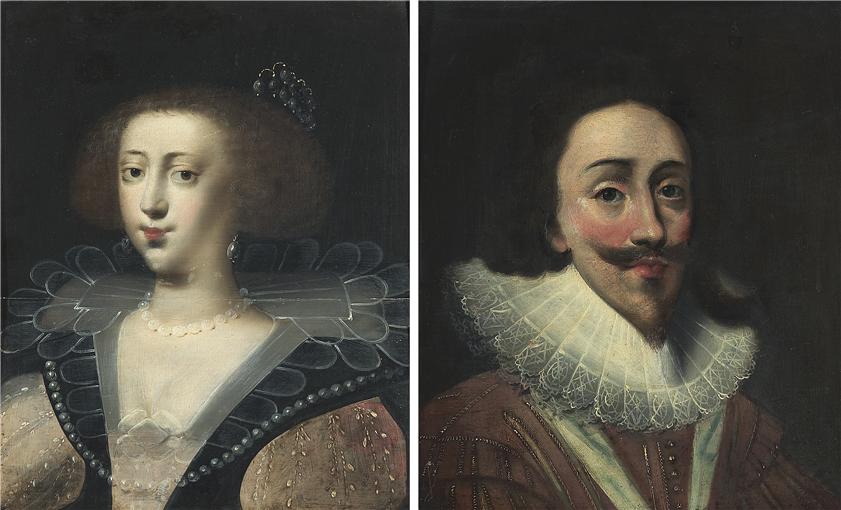
He Married a French Catholic Princess
In 1625, Charles married Henrietta Maria of France, the daughter of King Henry IV. Their union was politically strategic but religiously controversial: Charles was a Protestant, while Henrietta Maria was a devout Catholic.
This raised suspicion among many of his Protestant subjects, who doubted the king’s loyalty to their faith. Despite early tensions and quarrels, the royal couple eventually built a strong and affectionate marriage. They had nine children — though only seven survived infancy — including two future kings, Charles II and James II.
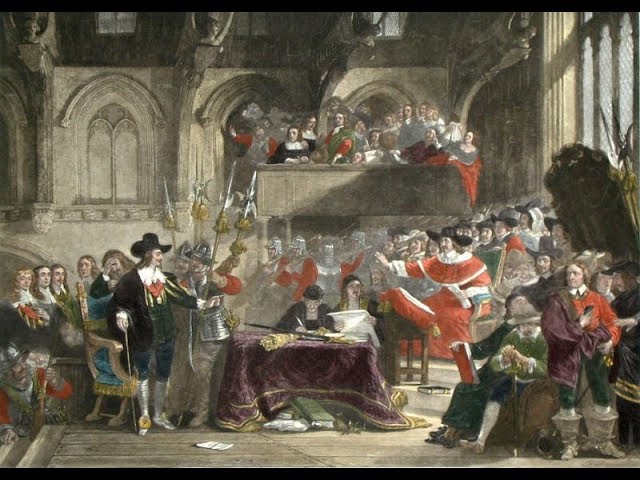
The King Who Ruled Without Parliament
Charles’s reign was plagued by financial strain and power struggles with Parliament. Costly wars with Spain and France left the treasury drained. When Parliament resisted granting him funds, Charles simply dismissed it — in 1629 — and decided to rule alone.
This period, known as the “Eleven Years’ Tyranny,” saw Charles govern without parliamentary consent until 1640. To maintain peace and avoid the need for new taxes, he made truces with both Spain and France.
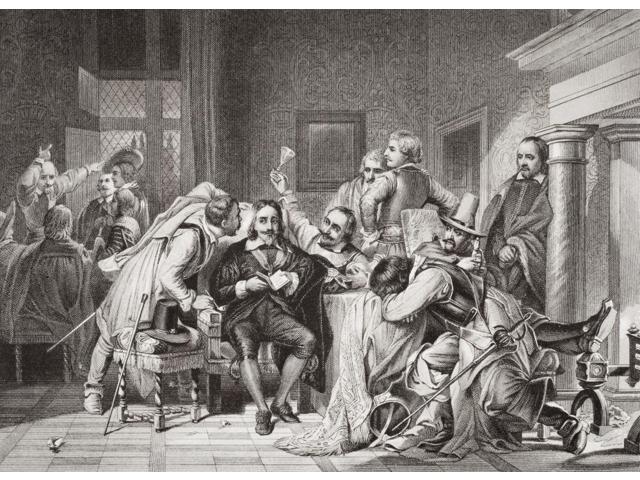
The Controversy of Ship Money
During his years of personal rule, Charles devised creative — and unpopular — ways to raise funds without Parliament. The most notorious was Ship Money, a tax originally levied only in coastal areas during wartime.
Charles extended it nationwide, even in times of peace, claiming it was necessary for national defense. The move sparked outrage, but financially it worked — Ship Money became a crucial source of royal income throughout the 1630s.
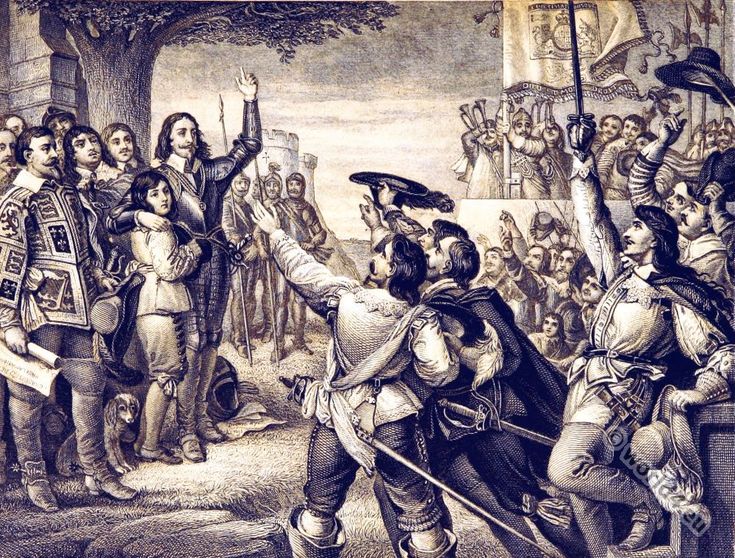
Scottish Rebellions Forced Him to Recall Parliament
In 1637, Charles attempted to impose a new Book of Common Prayer on the Scottish Church — a decision that ignited fierce opposition. The resulting Bishops’ Wars drained his finances and forced him to recall Parliament in 1640, ending his eleven-year rule without it.
Parliament seized the moment, curbing the king’s powers: it declared that it could not be dissolved without its own consent, limited gaps between sessions to three years, and abolished Ship Money entirely.
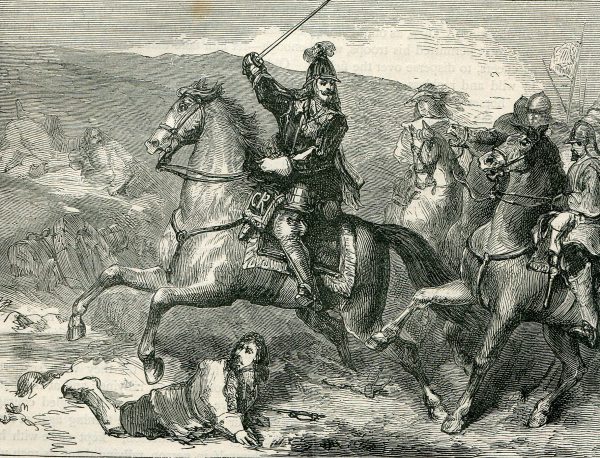
The English Civil War Begins
Tensions continued to mount. In 1641, rebellion broke out in Ireland, and Parliament insisted on controlling the army’s response — something Charles saw as an intolerable challenge to his authority.
When he personally entered Parliament in January 1642 to arrest five members accused of treason, they had already escaped. Humiliated and furious, the king left London to raise an army — and so began the English Civil War.
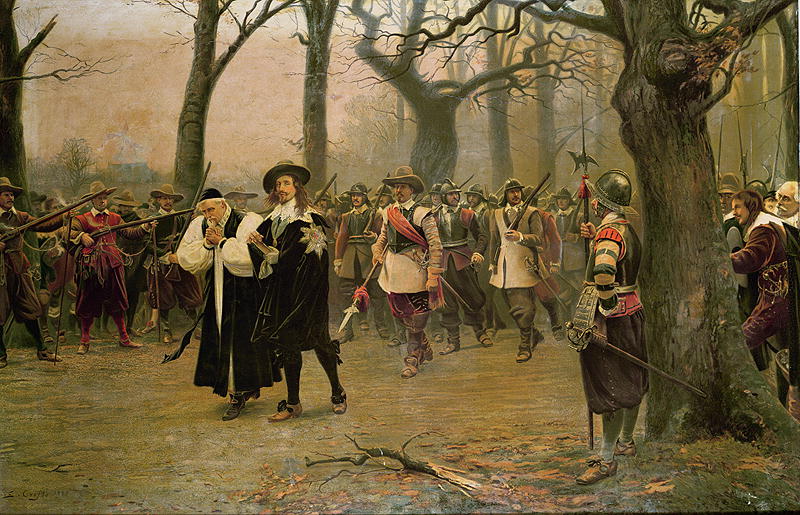
Capture and the End of the War
The first major battle of the war took place in October 1642 at Edgehill, in Warwickshire. For several years the conflict seesawed without decisive victory, but by 1646, Parliament’s forces — led by Oliver Cromwell’s New Model Army — gained the upper hand.
Disguised as a servant, Charles fled from Oxford but was captured by Scottish troops at Newark. The Scots eventually handed him over to the English Parliament — for a payment of £100,000.
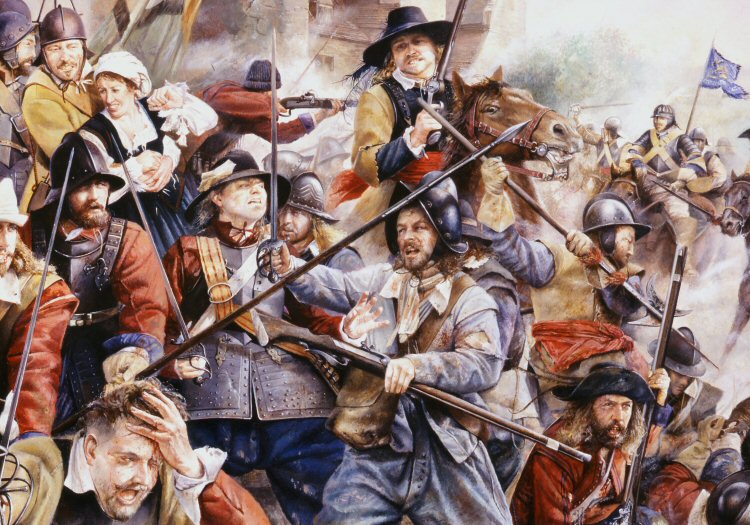
Plotting a Second War from Captivity
Even in captivity, Charles continued to scheme. In December 1647, he secretly negotiated with the Scots, promising to adopt Presbyterianism in exchange for military support.
The resulting invasion — the Second English Civil War — ended in disaster for the Royalists. Parliament’s army crushed the Scots at the Battle of Preston in August 1648, and Charles’s fate was sealed. A newly purged “Rump Parliament” decided to put the king on trial for treason.
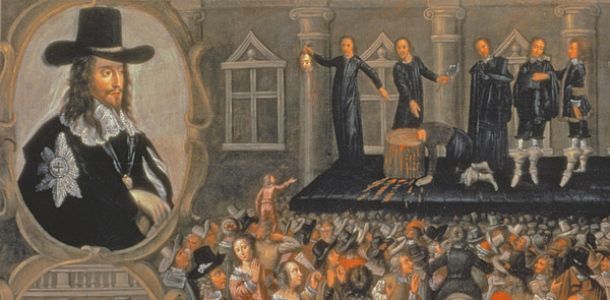
The Only English King Ever Executed
In January 1649, Charles I was formally charged with high treason — accused of waging war against his own people. Despite the objections of senior judges who called the trial illegal, Parliament pressed on.
Charles was found guilty and sentenced to death. On January 30, 1649, he was executed outside the Banqueting House in Whitehall, London — calm, dignified, and unrepentant to the end.
For the first and only time in English history, a reigning monarch was executed by his own subjects. England became a republic under Oliver Cromwell until the monarchy was restored in 1660 by Charles’s son, King Charles II.

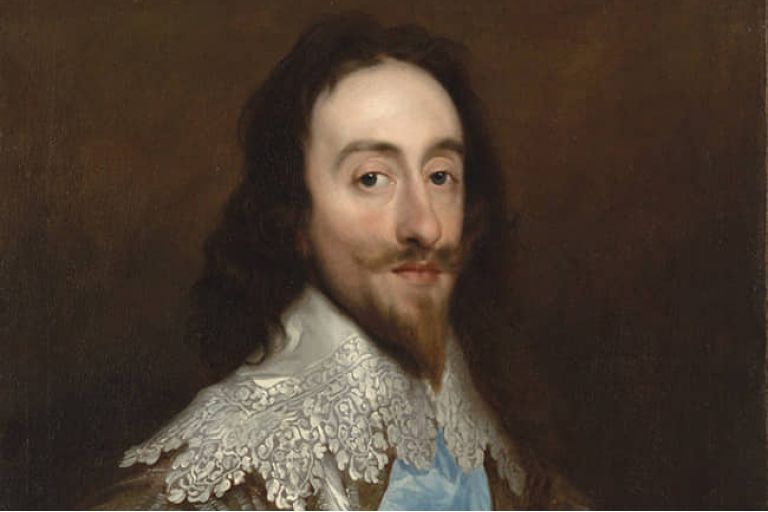
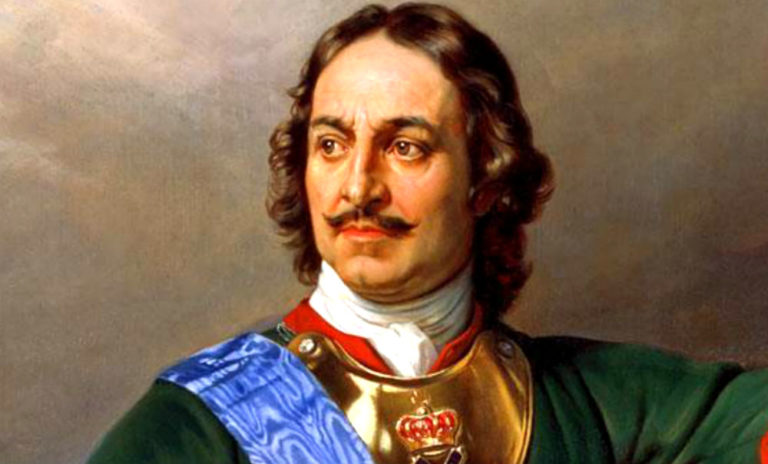

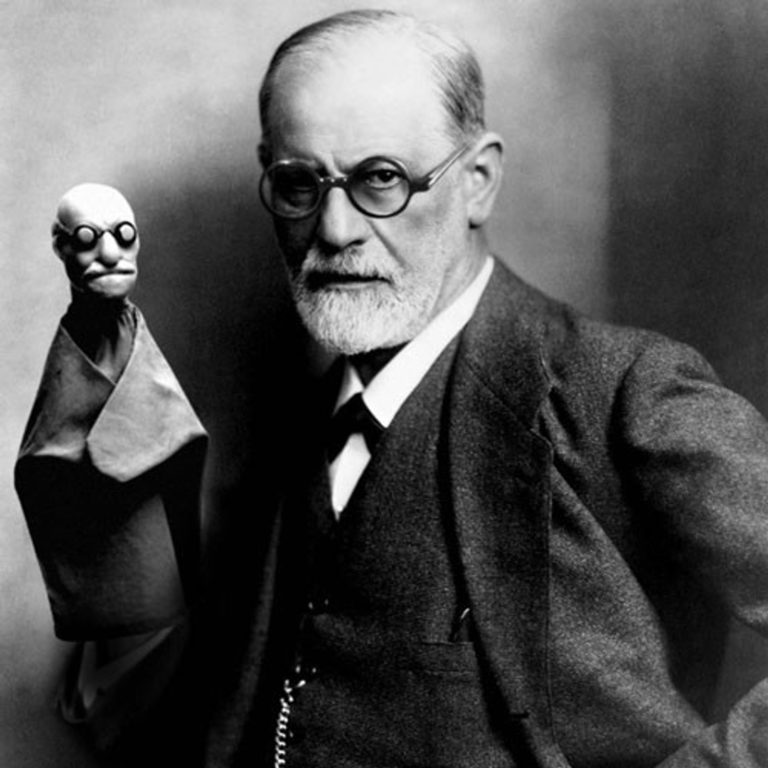
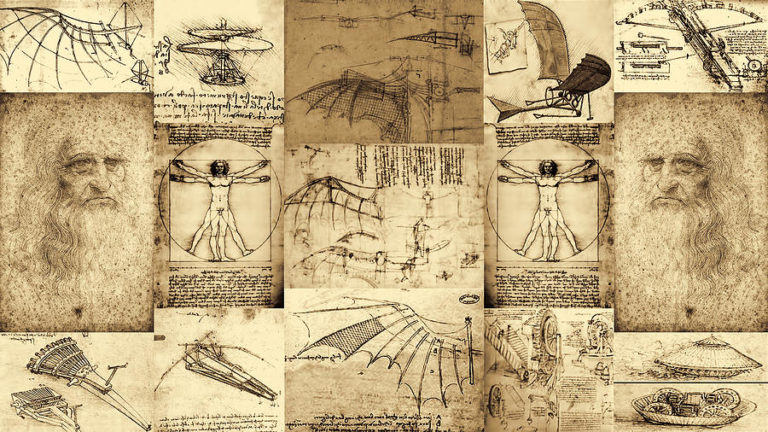

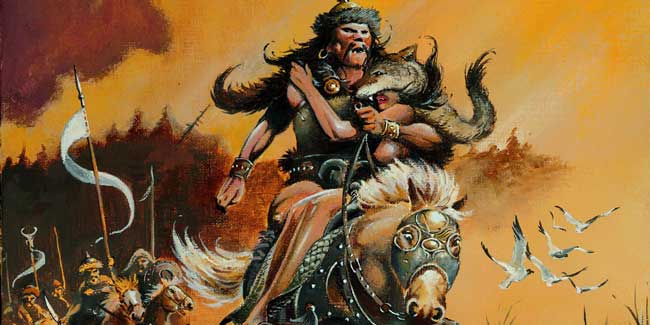
Доподлинно неизвестно, где именно родился Карл Великий. Большинство исследователей сходится во мнении, что будущий император появился на свет в городе Ахен. Сами жители Ахена считают так же.